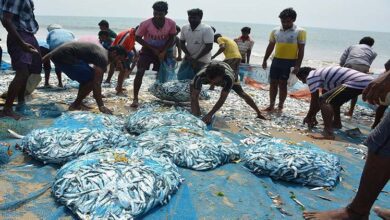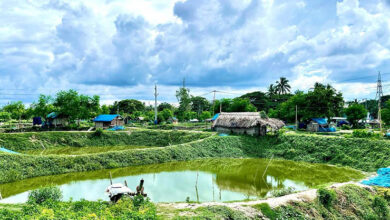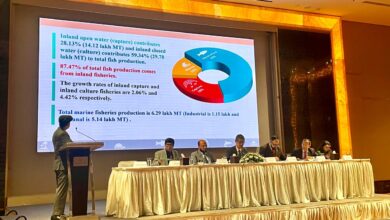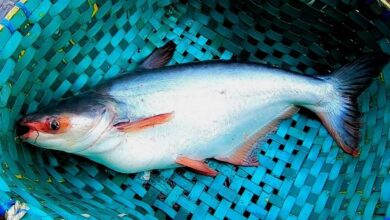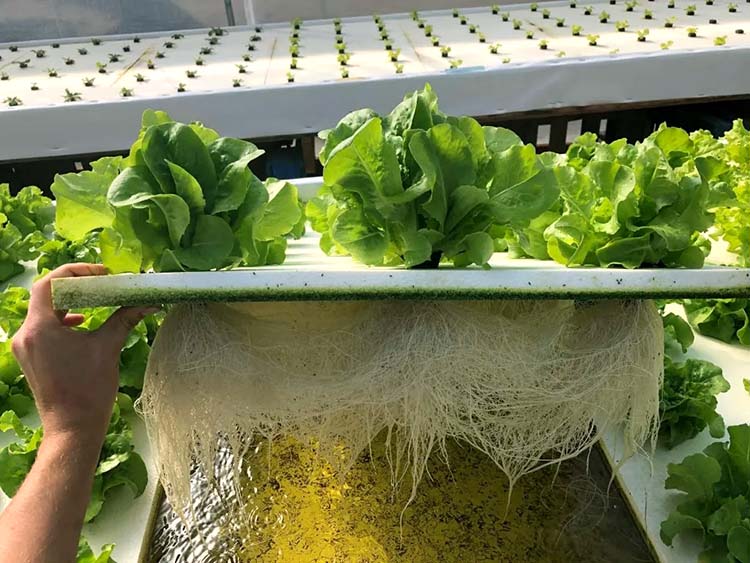
What is Aquaponics?
Aquaponics system is the integrated production of fish and hydroponic vegetables with nutrient solution recirculation and the use of fish wastes as plant fertilizers. Aquaponics is a scaled-down version of nature’s ecosystem. It functions like Mother Nature would in any aquatic habitat! Fish, plants, and microorganisms collaborate in an aquaponics system. This collaboration enables farmers to produce two food products, fish and vegetables, with the same amount of water that would ordinarily be utilized to produce only one product. Water is not wasted in this closed cycle. The wastewater released into the environment is nearly zero.
Are Aquaponics & Hydroponic System same?
The distinctions between aquaponics and hydroponic systems are significant. Hydroponics is a way of producing plants that does not require soil and instead relies on nutrient-rich water. It is a complex system that outperforms the usual approach of growing plants in soil. Aquaponics goes a step further by recycling water between the two components, resulting in a natural ecosystem in which fish waste provides nutrients for the plants while the plants clean and filter the water that is returned to the fish tank. Furthermore, aquaponics uses fewer inputs than traditional farming methods, saving land and lowering environmental impact.
What Are the Benefits of Aquaponics?
- Aquaponics is based on the continuous recycling of nutrient-rich water. There is no need to swap water on a regular basis.
- There is no hazardous run-off from hydroponics or aquaculture in aquaponics. It contributes to the protection of water sources from contaminants.
- Chemical fertilizers are no longer required.
- It contributes to the conservation of soil and land space. Aquaponics allows plants to develop faster than standard soil-based gardening approaches.
- It provides two possible sources of income: fish and plant agriculture. It eliminates the exhausting labor of weeding and digging.
- Aquaponics allows you to grow food all year by adjusting the temperature based on what you are producing and employing greenhouses.
- The produce harvested from aquaponics systems is chemical-free and organic.
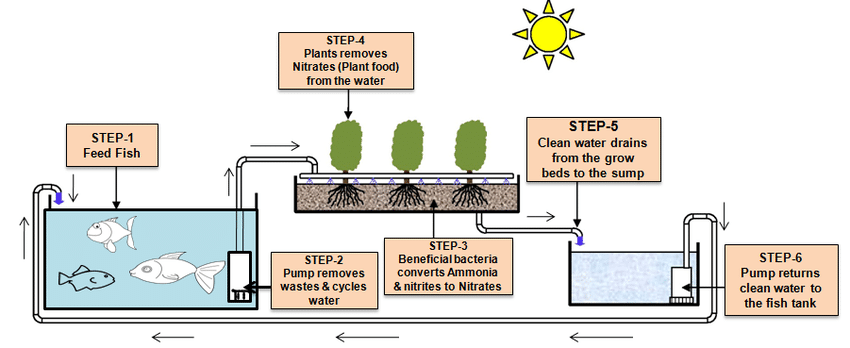
What Type of Plants Are Best for Aquaponics?
Aquaponics can be used to cultivate almost any plant. Plants, on the other hand, have varied nutrient, space, and light requirements.
Depending on the configuration of your aquaponics system. Vegetables, leafy greens, small root vegetables, microgreens, fruiting plants, herbs, and flowers thrive in aquaponics system.
- Tomatoes
- Leafy Lettuce
- Watercress
- Peppers
- Cucumbers
- Cauliflower
- Cabbage
- Strawberries
What Fish Species Can You Culture in Aquaponics?
Fish serve an important role since their excrement acts as natural fertilizer for plants. Choose a resilient fish that is most suited to your region, climate, and needs to get the most growth out of your fish.
- Tilapia.
- Blue Gill/Brim/Sunfish/Crappie.
- Catfish.
- Carp.
- Koi
- Fancy Goldfish
- Various ornamental fish such as angelfish, guppies, tetras, swordfish, mollies.
Growing plants in soil less systems is becoming more popular, and it offers numerous significant advantages over traditional methods. While many people believe, aquaponics is the better option due to its sustainability.
Farhana Islam
Agriculturist, Researcher

